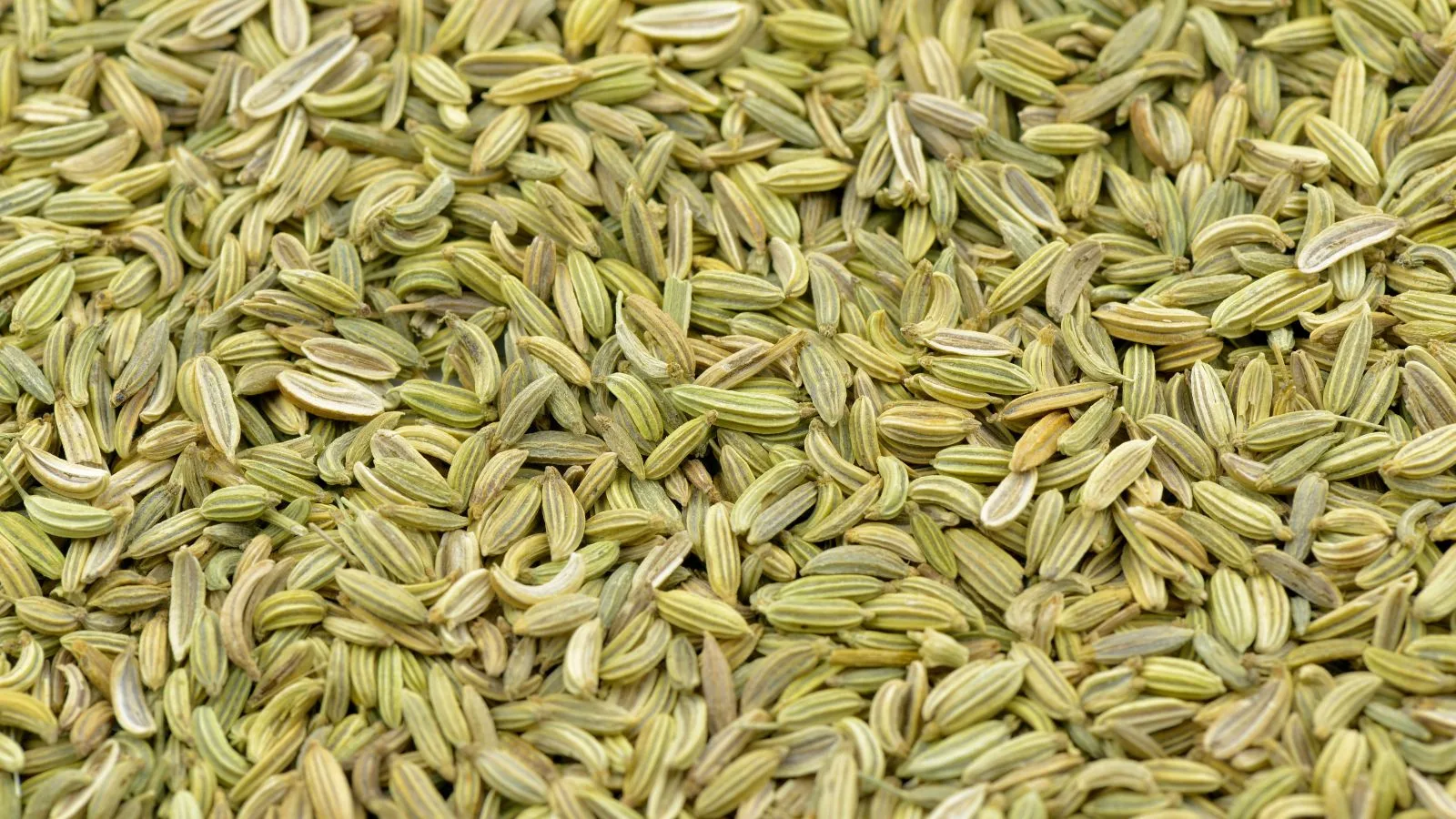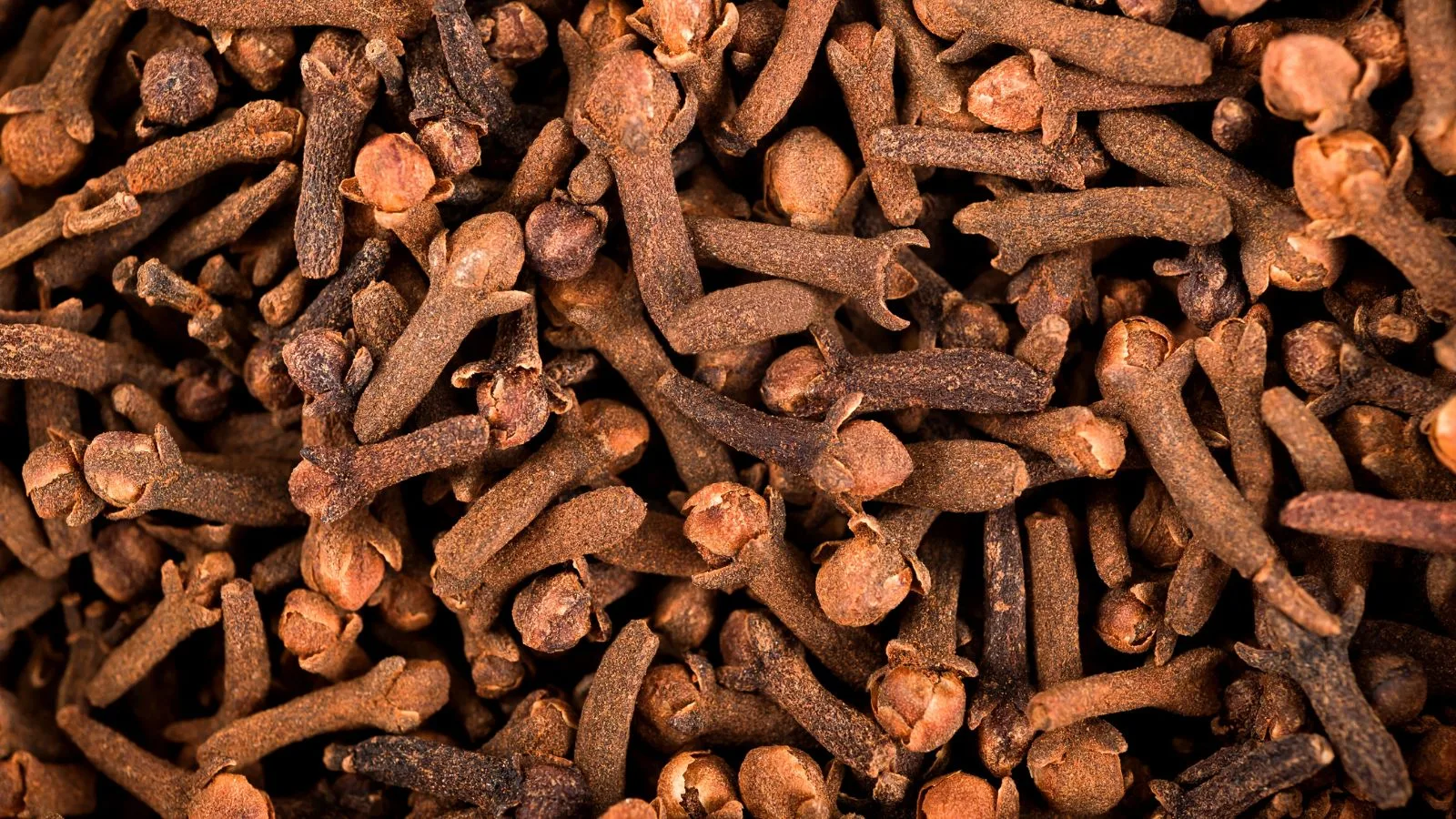Nirgundi (Vitex negundo) is a fast-growing, aromatic shrub or small tree, reaching a height of up to 5 meters. It has compound leaves with five leaflets, purplish-blue flowers, and small blackish fruits. Traditionally, the plant is used for pain relief, respiratory disorders, and wound healing in Ayurveda and Siddha medicine.
Scientific Classification
- Kingdom: Plantae
- Phylum: Angiosperms
- Class: Eudicots
- Order: Lamiales
- Family: Lamiaceae
- Genus: Vitex
- Species: Vitex negundo
Common Names
- English: Chinese Chaste Tree, Five-Leaved Chaste Tree
- Sanskrit: Nirgundi
- Hindi: Nirgundi
- Tamil: Notchi
- Telugu: Vavili
- Bengali: Nishinda
- Marathi: Nirgundi
Traditional and Medicinal Uses
- Pain and Inflammation Relief – Used in arthritis, joint pain, and muscle stiffness due to its strong anti-inflammatory effects.
- Respiratory Health – Helps in asthma, bronchitis, and sinus congestion by reducing inflammation and clearing mucus.
- Skin Disorders – Used for treating wounds, boils, and ulcers with its antimicrobial and healing properties.
- Gynecological Benefits – Traditionally used for menstrual irregularities and uterine disorders.
- Antimicrobial & Antifungal – Possesses antimicrobial, antifungal, and antiviral properties, making it effective against infections.
Phytochemical Constituents
- Flavonoids: Luteolin, Casticin
- Terpenoids: Negundoside, Viridiflorol
- Alkaloids: Vitricine
- Glycosides: Iridoid glycosides
- Essential Oils: Camphene, Sabinene, Caryophyllene
Nirgundi contains several bioactive compounds responsible for its medicinal properties. The key phytochemicals include:
References
Ayurvedic Pharmacopoeia of India (API), Govt. of India.
Bhavprakash Nighantu, Chapter on Herbal Remedies.
Sharma, P., & Chauhan, N.S. (2017). “Medicinal Properties of Vitex negundo: A Review.” Journal of Ethnopharmacology, 210, 1-10.
European Pharmacopoeia, 10th Edition, Council of Europe.
Mishra, A., Kumar, S., Bhatt, G., & Srivastava, S. (2017). “Pongamia pinnata: Phytochemistry and Therapeutic Applications.” Journal of Ethnopharmacology, 204, 1-15.
Chopra, R.N., Nayar, S.L., & Chopra, I.C. (1956). Glossary of Indian Medicinal Plants. CSIR, New Delhi.













